Continuation of the history of the Moscow Polymetal Plant, beginning here .
In the 70s, the tailing dump was preserved with a layer of clay, the trees kept the slope from landslide. As time went on, as a result of weathering, soil leaching by ground and underground waters, soil shifts occurred (the slope height difference is about 30 meters). The clay layer becomes thinner and the waste that was under the preservative layer begins to appear on the surface. Such places with bald patches are called areas with radioactive contamination (URZ). NATO soldiers did not bring radioactive waste and did not scatter it over the territory of the sanitary protection zone of the MZP. Waste is the property of Soviet industry.
The Moscow government issued a decree of 20.06.1995 No. 553 "On the procedure for identifying, accounting and using areas of territories exposed to technogenic radioactive contamination, and ensuring radiation safety during construction and other earthworks on the territory of Moscow." FSUE "RADON" monitors radiation background on the territory of the city of Moscow, carries out work on the decontamination of the territory, notifies in the prescribed form about the identified and existing URZ: the government of Moscow, prefects of administrative districts, Moskomarkhitektura, the Department of Housing and Utilities (within the framework of the contract), the Office of Rospotrebnadzor in the city of Moscow. At the same time FSUE "RADON" informs about the identified and existing URZs in the State Corporation "Rosatom". All URZ are subject to mandatory registration
For the territory of the MZP, according to the order of the Government of the Russian Federation dated 21.08.2006 No. 1156-p "List of organizations subject to servicing in the Federal Medical and Biological Agency (FMBA)", JSC "Moscow Polymetal Plant" (JSC "MZP"), located at the address : Moscow, Kashirskoe shosse, 49, meets the FMBA of Russia .
The nearby ravines were not the only place where the plant's waste was dumped. The territory of the enterprise, as well as the buildings, were not less subject to pollution. After the transfer of the territory of the MZP under the supervision of the FMBA, a study of the territory was carried out. From the results of FMBA research, a little fidget, work was carried out to decontaminate 23 buildings and a water pumping station, as well as to eliminate radioactive contaminated areas with excavation to a depth of 1 meter. which was reflected in the journal "Nuclear and Radiation Safety" No. 2 for 2007 in the article: "Predicted calculation of the migration of radionuclides from contaminated areas of the territory of the state enterprise" Moscow Plant of Polymetals " .
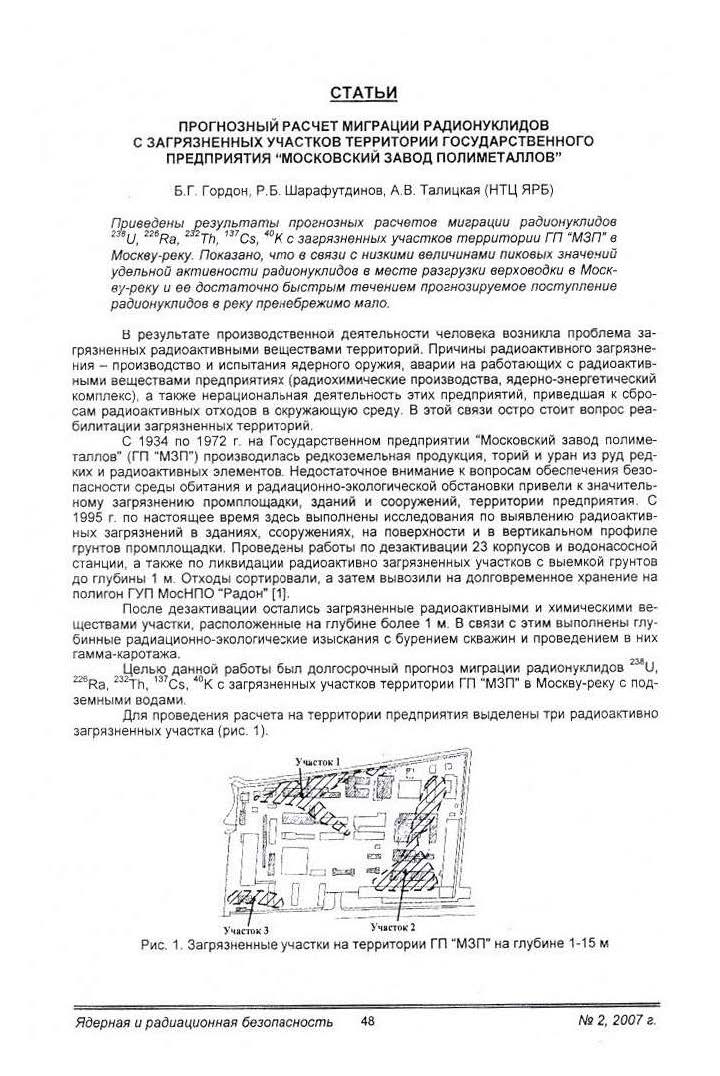
() . , , ( )
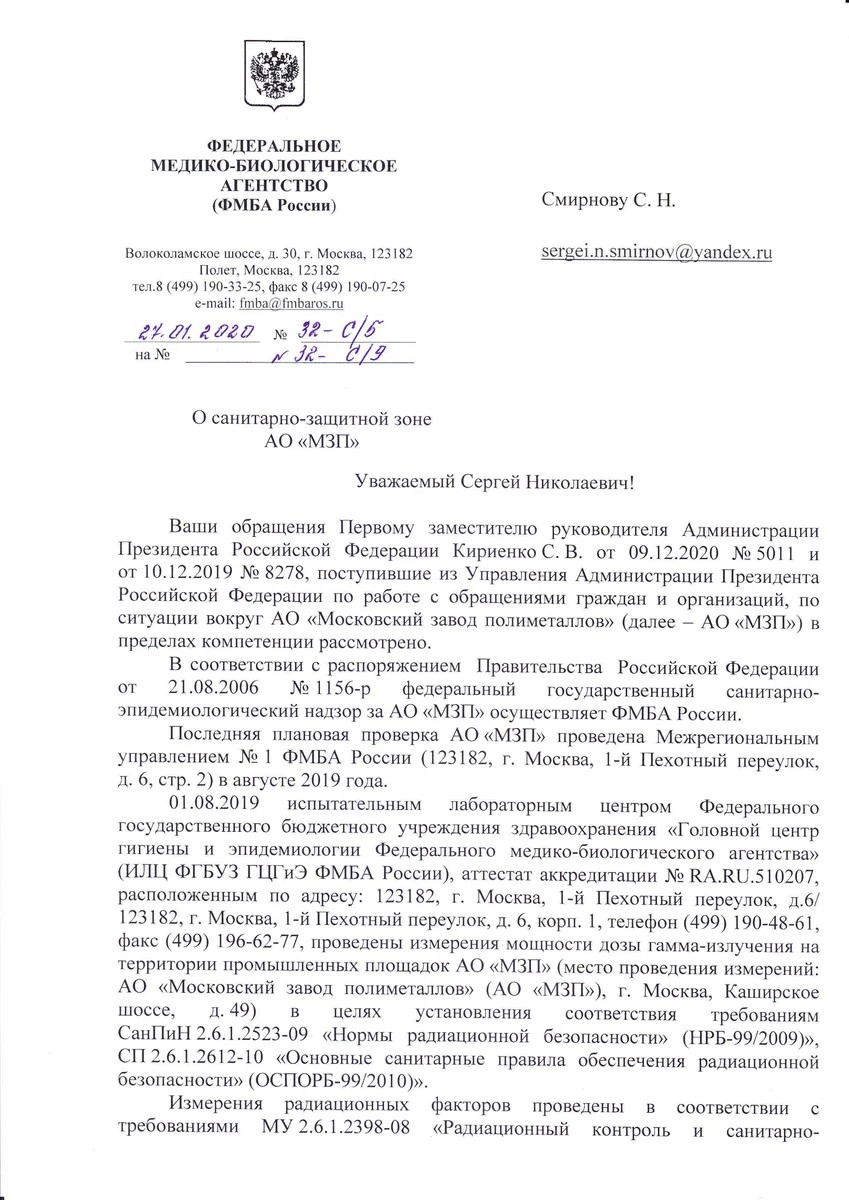
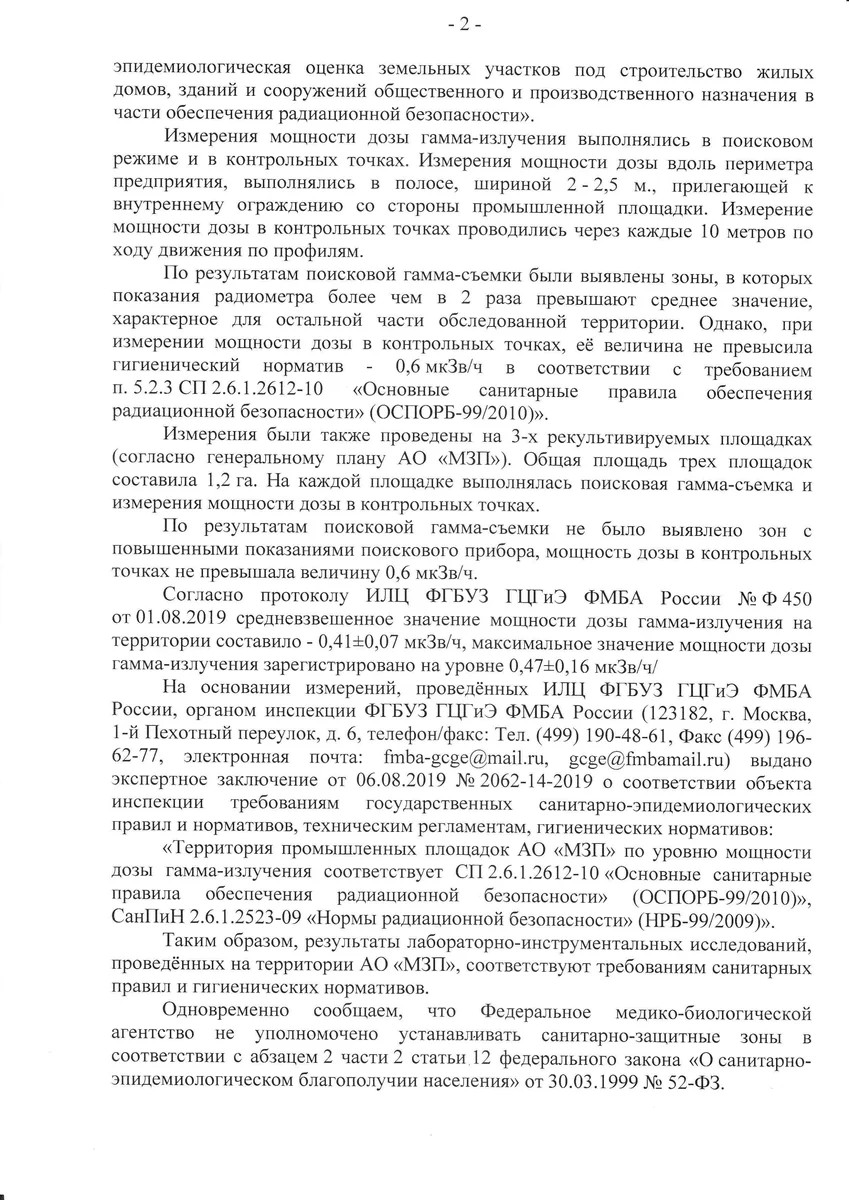
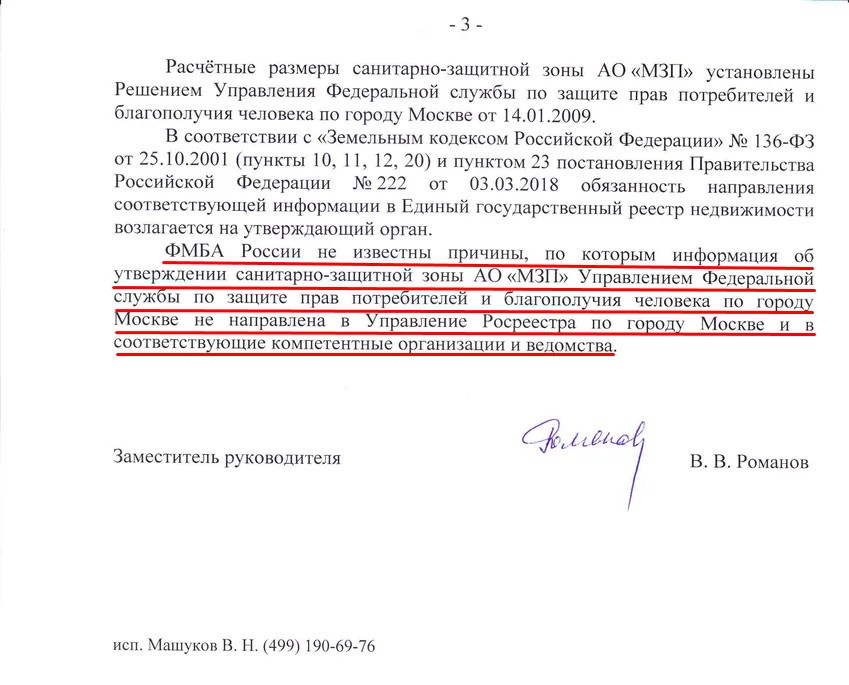
, - . , - , .
2006 , .
. ( ), . , . , , ().
31.12.2009 №3441- « 2009-2010 .» 77:05:0004015 - (), «» ( «») , - (, , ).
- 2013 . , , .
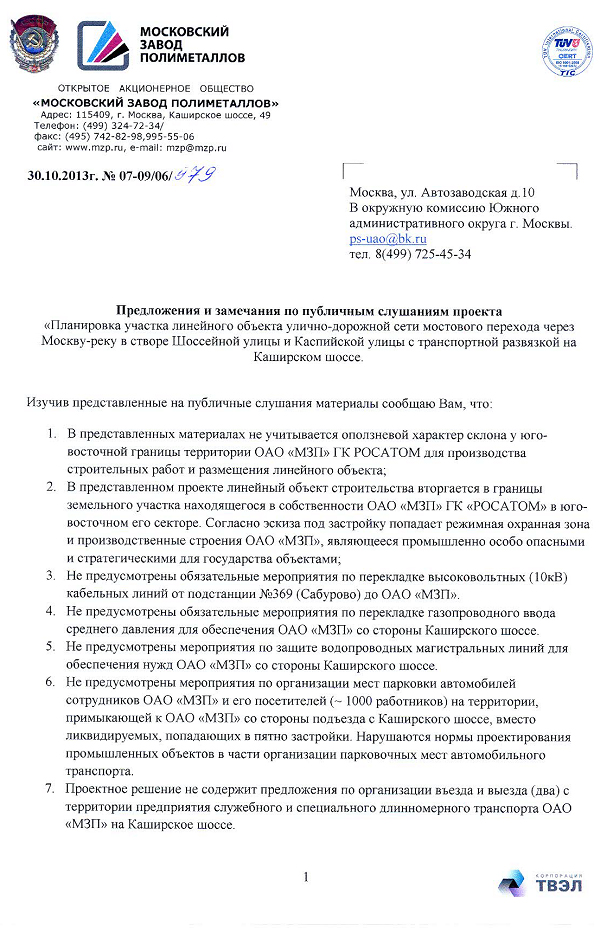
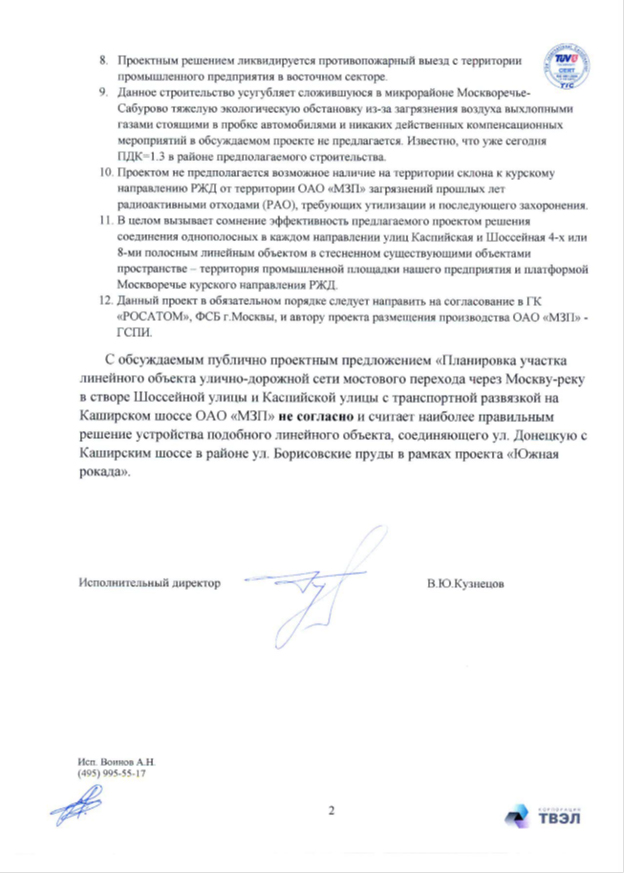
As time went on, the territory of the sanitary protection zone of the MWP turned out to be open to citizens. Persons who vaguely represented themselves began to visit - what are they looking for? Periodically, there were notes that some researchers had found an anomalous zone, while others laughed at such researchers.
This continued until 2017, when Ecopole contracted to conduct an environmental impact assessment within the framework of the project for the bridge connection of the Yuzhnaya Rokada highway.
This ends the era of humanism and the era of "loot wins" begins , but more on that in the next publication